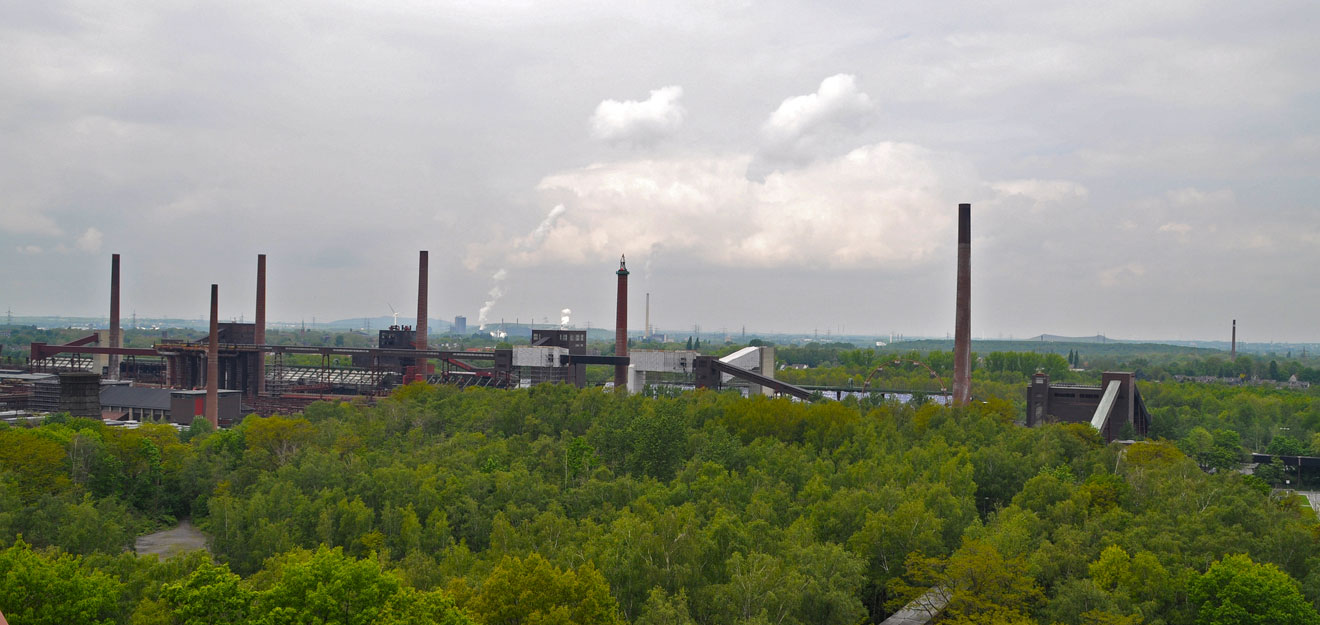Coal mining is a high-risk industry, especially when working underground, facing various safety risks. This article will explore the main safety risks of underground coal mining operations and propose corresponding preventive measures to improve operational safety and protect the safety of workers' lives and property.
Gas explosion: Gas (mainly methane) is the main explosive gas in coal mines. When the gas concentration reaches a certain level (usually 5% -16%) and encounters a fire source, it is highly prone to explosion, causing serious casualties and property damage.
Preventive measures: Optimize the ventilation system to ensure the normal operation of the underground ventilation system, effectively eliminate gas, and maintain air circulation. Gas monitoring, installing gas detectors, real-time monitoring of gas concentration, and taking immediate measures once exceeding the standard. Strictly manage fire sources, underground operations must strictly control fire sources, and smoking and the use of open flames are prohibited.

Coal dust explosion: Coal dust is small particulate matter generated during coal mining, suspended in the air. When the concentration of coal dust reaches the critical value for explosion (usually 20-2000g/m ³), an explosion will occur when encountering a fire source.
Preventive measures: Spray water to reduce dust, regularly sprinkle water during operation to minimize coal dust suspension. Clean up accumulated dust, promptly clean up equipment and ground dust, and prevent coal dust accumulation. Coal dust monitoring, installation of coal dust detection equipment, real-time monitoring of coal dust concentration to ensure it is within a safe range.
Roof collapse: Roof collapse is one of the common risks in underground operations, which may be caused by complex geological conditions, improper support, or improper mining methods, posing a serious threat to worker safety.
Preventive measures: Conduct detailed geological exploration before mining to understand the structure and stability of the roof rock layers. Reasonable support, design and install a reasonable support system based on geological conditions to ensure the stability of the roof. Regularly inspect the stability of the support system and promptly identify and address potential hazards.
Water hazard: During underground mining, there may be sudden surges of aquifers or groundwater, leading to flooding of the mine and endangering the safety of workers' lives.
Preventive measures: Conduct hydrogeological exploration before mining to understand the groundwater situation. Drainage system, design and install a complete drainage system to promptly remove accumulated water underground. Develop detailed emergency plans for water disasters, conduct regular emergency drills, and improve workers' ability to respond to sudden water disasters.
Mechanical injury: Underground operations require the use of various mechanical equipment, and improper operation, equipment failure, or improper maintenance can all lead to worker injuries.
Preventive measures: Operation training, providing strict equipment operation training to workers to ensure they are proficient in operating skills. Equipment maintenance, regular inspection and maintenance of equipment to ensure its normal operation and prevent mechanical failures. Safety protection, equipping workers with necessary safety equipment such as safety helmets, protective gloves, etc., to reduce the risk of mechanical injury.
There are various safety risks associated with underground operations in coal mines, including gas explosions, coal dust explosions, roof collapses, water hazards, and mechanical injuries. By optimizing the ventilation system, strengthening monitoring, providing reasonable support, improving the drainage system, and providing strict operational training, these risks can be effectively prevented to ensure the safety of underground operations. Coal mining enterprises should always prioritize the safety of workers' lives, actively take various safety measures, and create a safe and healthy working environment.







Comment